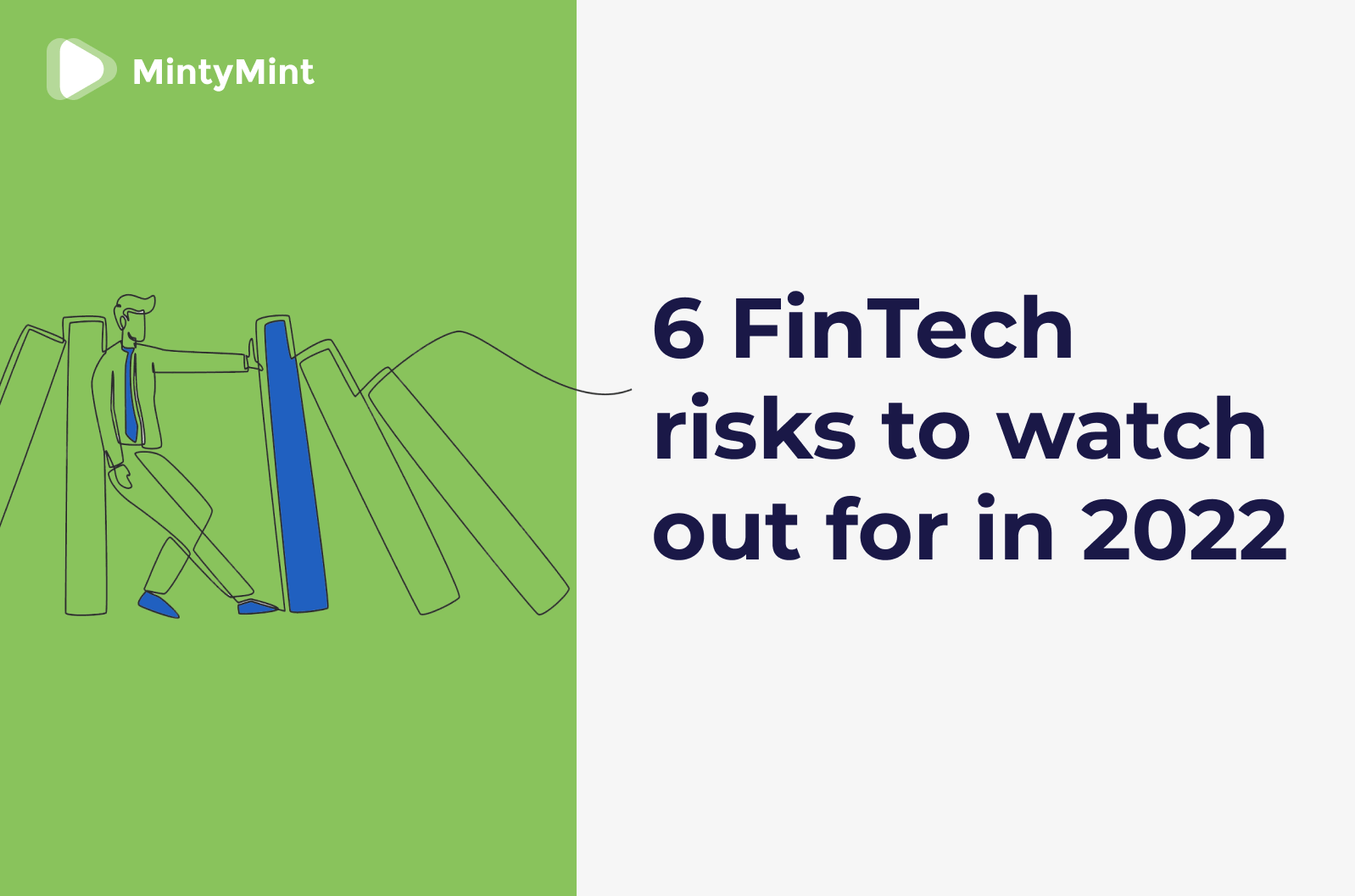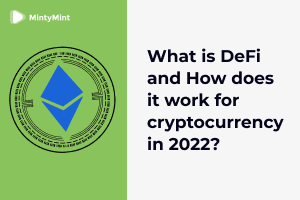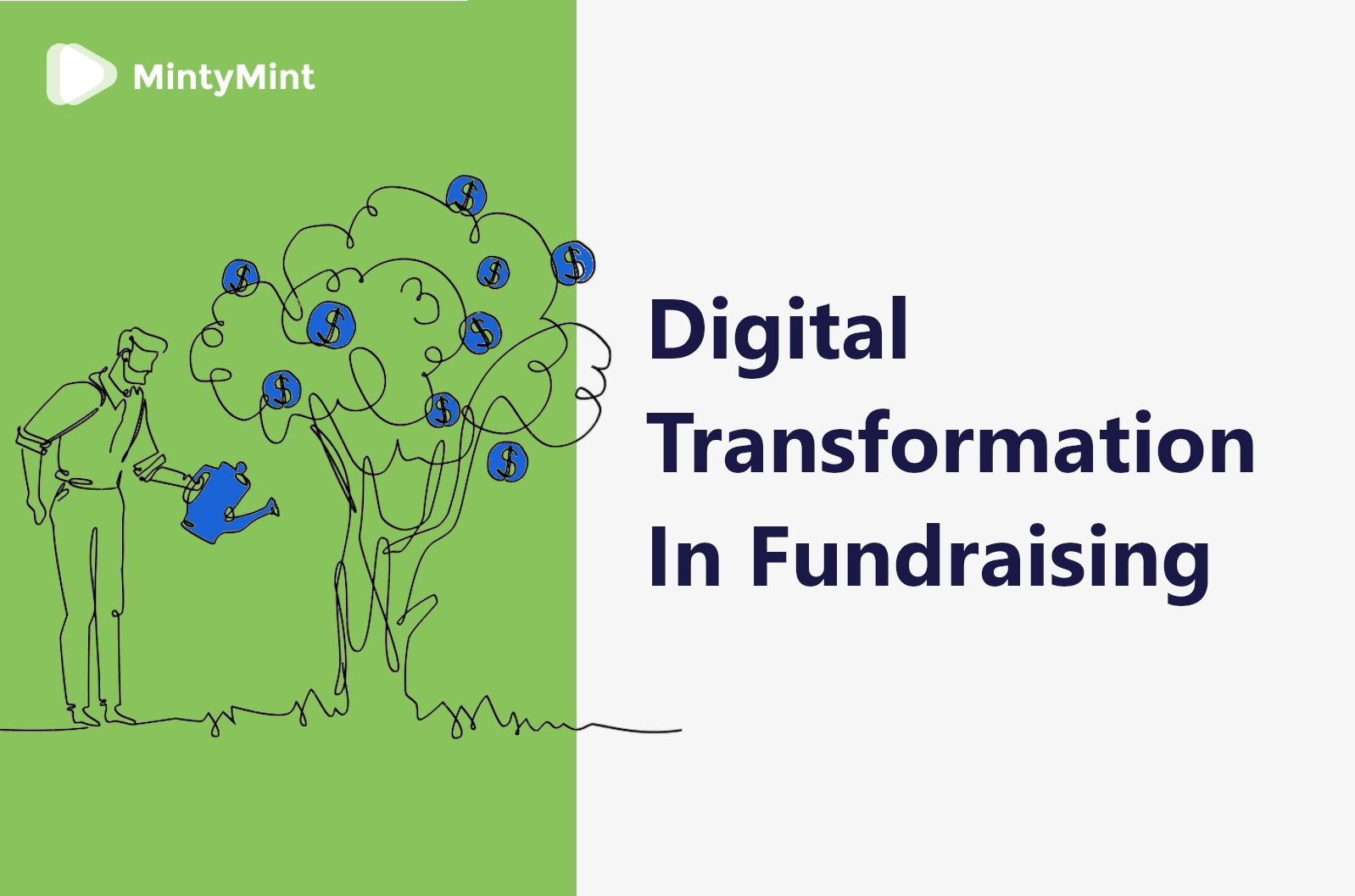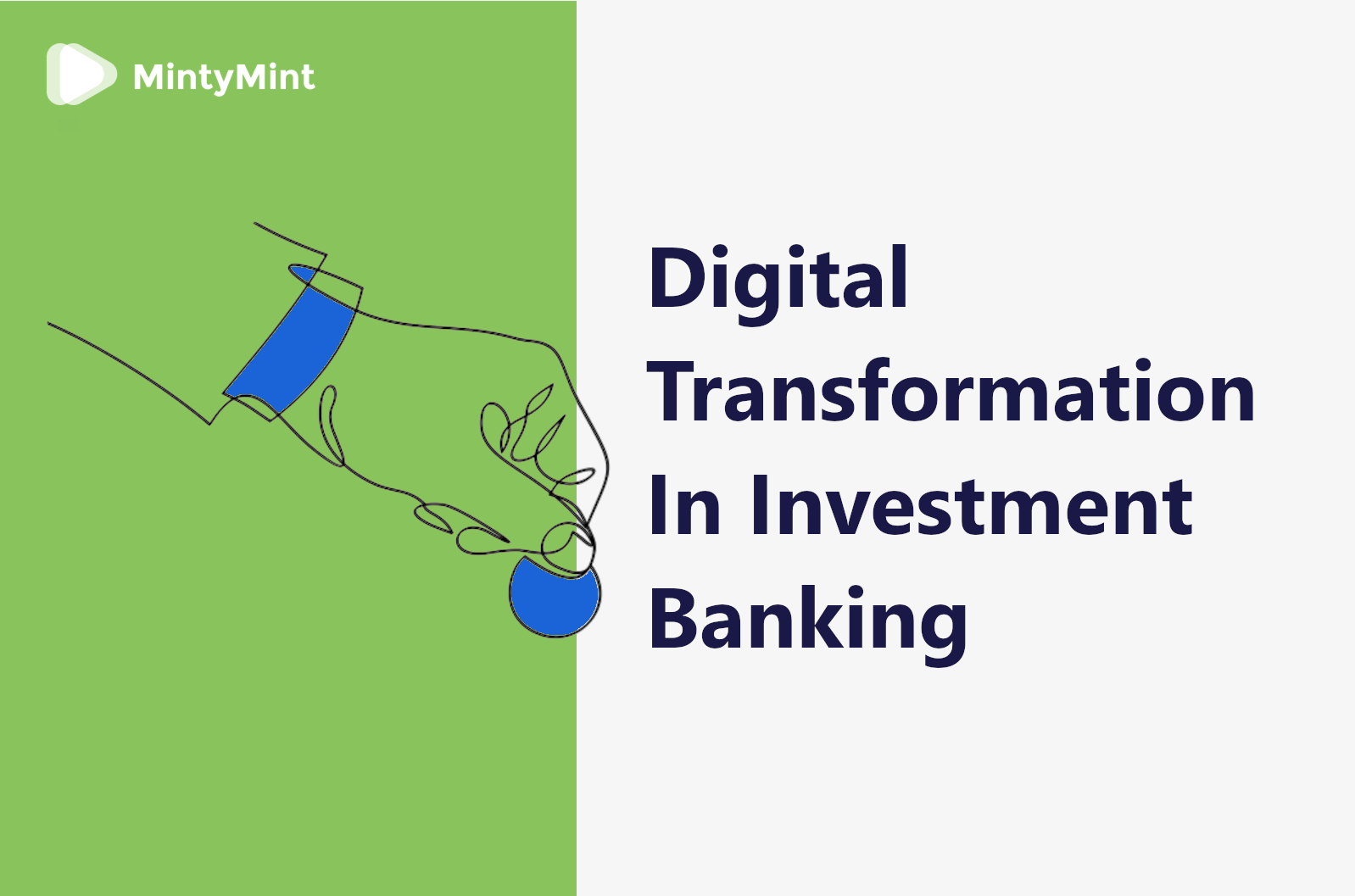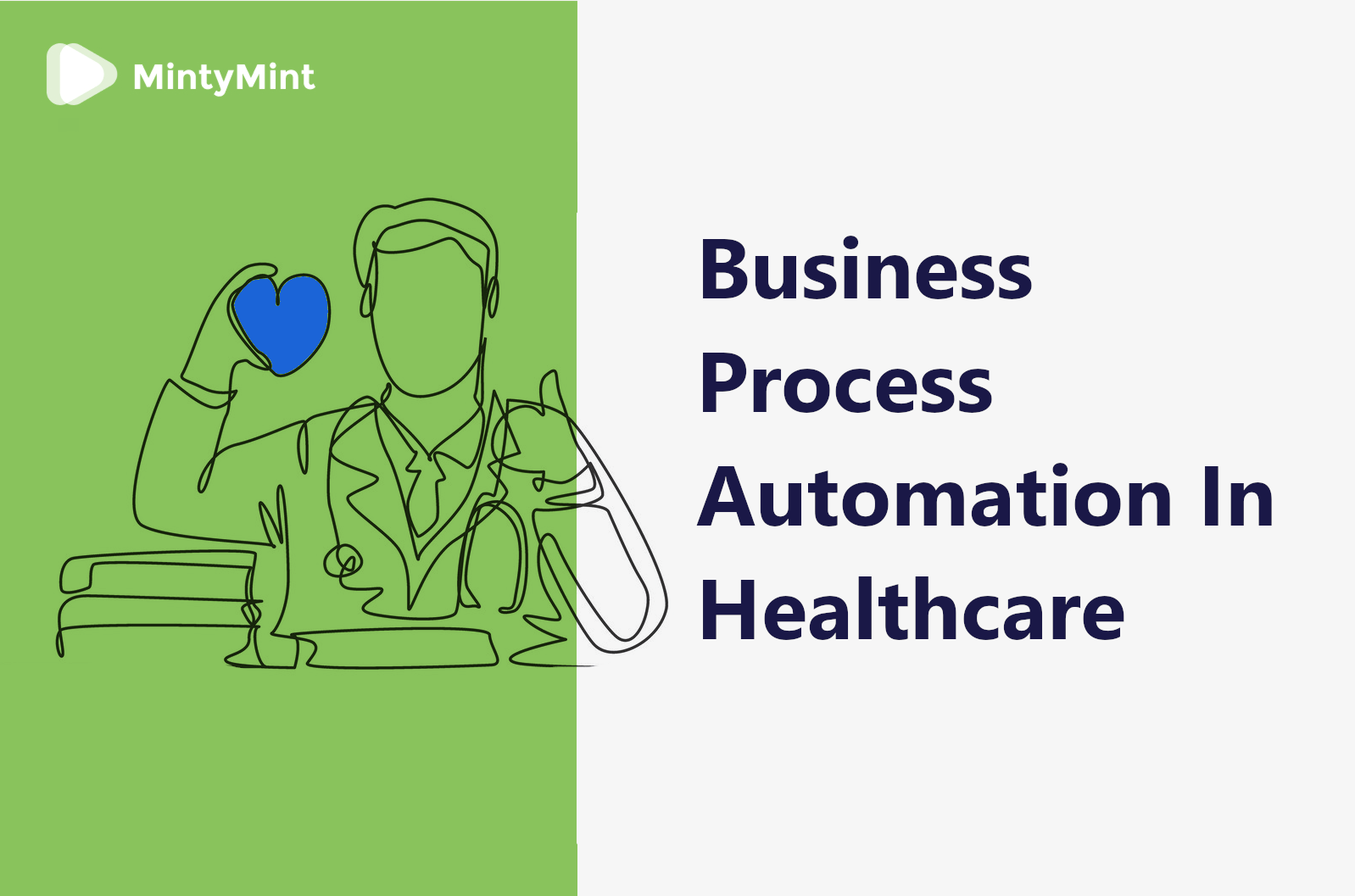Doesn’t it seem like science fiction writers lay out the path to our future?
Even in one’s twenties, it is astonishing to look around and see all the things you’ve read about in books as a kid – gradually take shape and compose the new realm. Literally everywhere, sci-fi movies are becoming less and less fictional. Now, what can be more futuristic (except for space tourism, perhaps) than a mesh of digitalized intelligence covering every level of our daily life?
Believe it or not, this is exactly what technologies of the future like AI, Big Data, and IoT are facilitating already today. Essentially, all three are sides of the same pyramid, the tip of which is a “smart environment” (a.k.a. pervasive computing).
Here’s how it works:
In a smart environment, objects of everyday interaction contain sensors and computers which compose a fine network of smart devices. That’s the Internet of Things. Now, all of these devices generate a gazillion bytes of information (read on for a more accurate figure) that has to be gathered for smooth operation and maintenance. That’s Big Data. Finally, processing and effectively implementing all of this data requires super-human intelligence powered by next-gen computing capabilities. You guessed it right – that’s Artificial Intelligence (potentially run on quantum computers, for performance reasons, you know).
These are the bases of a smart environment. And if it sounds one bit fantasy-like, here’s a reality check for you.
The state of technology
Remember all those movies where the protagonist has information popping on the eyeglasses and his physical condition constantly assessed? This doesn’t even sound futuristic anymore.
These days a fitness bracelet will not only track mileage but also measure your heart rate and blood pressure. It will then alert you or medical personnel should an emergency or worsening medical condition be detected. Self-driving cars avoiding traffic jams and accidents? That’s kids’ stuff! How about facial recognition surveillance systems appraised for helping fight the pandemic in Asia?
Mind you, all that’s mainstream. Now think of what they’ve got for us in the labs. Personally, I am looking forward to some “5th Element/Minority Report/Black Mirror/Brave New World” type of innovations… The tech part of it, of course.
Ok, let’s get back to the topic.
While AI, Big Data, and IoT aim at improving our lives in the bigger scheme of things, the change doesn’t come overnight. Before all of those fun and grandiose things are fulfilled, a much more prosaic path awaits the revolutionary technologies. Traditionally, big business is among the first industries to adopt a new approach for its own benefit.
Btw, here are some numbers for a clearer picture of future-tech trio adoption over time:

*According to Verified Market Research, Datanami, Gartner, Seagate.com, Securitytoday.
As you can see from the graphic above, the combined trend of AI Big Data & IoT is huge, to say the least. Once again, the main idea behind these technologies is for artificial intelligence algorithms to analyze the data collected from the myriads of devices hooked up to the internet. Therefore, it makes no sense to separate the three when looking at how they affect modern business processes. So, it is thoughtful to use the term “future tech” – for convenience, clarity, and simplicity.
AI Big Data IoT application
As already mentioned, commercial enterprises are the first to include robotic automation in their strategic arsenal. At that, there are two main areas where high intelligence technologies can be used to resolve the issues companies often struggle with or want to improve. The first one refers to the internal company processes, like Operation & Management, Recruiting, Security. The second one covers customer-related issues that include User Experience, Support, and Acquisition.
Actually, this goes in line with one of our previous articles about the automation of business processes. In this regard, future tech is essentially the next step in the same direction. So, you may find it useful to check that material first.
Anyways, let’s look into each of the application areas mentioned separately.
Operation & Management
The first and foremost place of application for future tech is of course everyday operation and management. Not only people management – but the management of goods just as well.
Let’s say you run an online shop with thousands of offerings on your website. In this case, your most popular products may often go out of stock due to high demand. These things are just hard to predict. A common issue, it often makes customers shop somewhere else and turn to your competitors. Do you need another hole in the budget? Probably no. In this case, an AI solution analyzing customer behavior and comparing it to the IoT-supplied inventory information may easily predict a shortage and alert you early enough to restock the item. Simple, and highly efficient.
Another example of robotics utilized at the forefront of commerce is drone delivery. Already tested by companies like Amazon and Dominos, this revolutionary approach to goods distribution takes a ton of pressure away from the logistic departments.
Furthermore, AI-based task scheduling tools like X.ai can help executives fine-tune the daily management process, save time, and effectively distribute resources.
If you are not tired of statistics, bear in mind that experts estimate ¾ of all enterprise apps to use AI by 2021, and over ⅓ of data analysis in marketing organizations to be executed by intelligent algorithms integrated within various marketing software by 2022.
Recruitment
Talent acquisition is another important yet burdensome task on the shoulders of your company’s employees. However, this one, too, can be simplified using future tech.
Modern AI solutions (like Fetcher, Hiretual, Textio) can help recruitment teams compose resonating job descriptions, profile potential candidates, and choose the ones that best suit your needs.
Wonder what do the niche experts say?
96% of responders said they believe using AI can greatly improve their talent acquisition work. Of them, between 17% and 41% claim not using it has lead to poor candidate experience, higher costs, and lower overall efficiency.

Security
Cybersecurity is another crucial business aspect enterprises can improve via advanced intelligence algorithms. While it sounds like a strictly IT-related issue, it is not so. Every company that stores or processes clients’ data, deals with online payments, owns sensitive information, or controls essential public or private facilities – should rank cybersecurity high on the list of their priorities.
How can AI help in this and beat the risks?
To access secured digital locations, hackers often use “inventive” pathways and program loopholes through which they can penetrate a lesser-secured frontier (like an employee’s account or a client’s computer) to breach the security border and enter the system. Furthermore, these days hackers themselves can use machine learning algorithms for malicious purposes.
Countering this, AI-based cybersecurity solutions take the knowledge and expertise of seasoned security experts and reinforce it with the computing power of ML algorithms. This allows analyzing and intercepting potential stealthy attacks with high precision. Like that, Symantec‘s AI cybersecurity software detected a chain of Dragonfly 2.0 hacker attacks targeting multiple energy companies in attempts to gain control of the companies’ operational networks last year.
Speaking of which, some of the popular AI-powered cybersecurity tools include Sophos’ Intercept X tool, Darktrace Antigena, IBM’s QRadar Advisor, and Vectra’s Cognito.
User Experience, Support, and Acquisition
Last but not least – user experience. The statistic shows that automated customer service agents receive the greatest share of funding among all commercial AI use cases (see the chart below). This alone is a valuable indicator of the importance and power of the trend. Chatbots have been a hot topic of discussion for quite a few years and it seems to remain so in the years to come.
Actually, it should not be surprising. Customer service is among the strongest selling points for businesses in any industry. Having a good support team could nail it before. Nowadays, though, it is simply inefficient, if even possible, to maintain enough specialists to comb through the massive flow of user issues that are coming in at a typical enterprise. Especially so when it comes to big retail and services businesses processing tens of thousands of requests every day.
AI chatbots, on the other hand, are scalable, efficient, and lately – even better at helping clients than real people. Actually, some two-thirds of responded web users prefer to deal with a chatbot vs talking to a human when communicating with a business, according to G2 Crowd. Moreso, about 85% of all customer interactions are already taken care of by intelligent algorithms.
That’s it regarding the future tech hands-on application.
AI investments distribution
As for the share of funding different AI implementations receive, here’s how the picture looked like in the past year:

*According to IDC
When will the future arrive?
Of course, the smart environment future we all anticipate is coming in one batch at a time and is far more vivid at the frontiers of technologically developed spheres of life. But hey, businesses have always been the early adapts of innovation, and it is great to see the enterprise world incorporate and fuel the progress of intelligent tech. Sooner or later it will enter our everyday lives, just like the internet and microchips did. So, let’s not rush it and enjoy the show!
Need a touch of innovation to improve your own business processes? You know which door to knock on – MintyMint is always open to cooperation.






